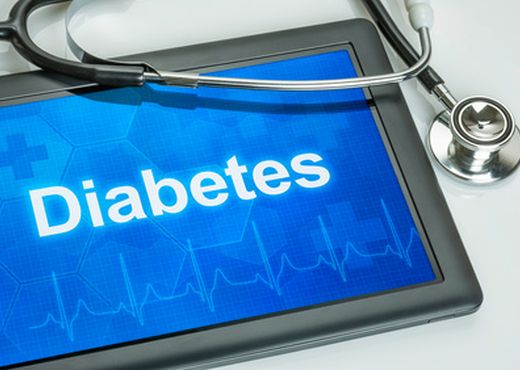 One in three “nondiabetic” patients who undergo angioplasty with current drug-eluting stents have an altered glucose metabolism, which is associated with a 4-fold higher risk of events, according to a study that will be published soon in JACC Intv.
One in three “nondiabetic” patients who undergo angioplasty with current drug-eluting stents have an altered glucose metabolism, which is associated with a 4-fold higher risk of events, according to a study that will be published soon in JACC Intv.
One in three patients is definitely one patient too many, and four times higher is definitely too high. In consequence, this new enemy, which used to be silent, should now be sought out actively.
This BIO-RESORT Silent Diabetes Study aimed to assess the prevalence and clinical impact of silent diabetes and pre-diabetes in “nondiabetic” patients who undergo angioplasty with current drug-eluting stents.
Read also: Next-Day Discharge after TAVR: Is It Viable?
The 988 patients enrolled underwent oral glucose tolerance testing, assessment of glycosylated hemoglobin, and fasting plasma glucose before the procedure. The primary endpoint was a composite of cardiac death, target-vessel-related acute myocardial infarction, and target-vessel revascularization at one year.
According to oral glucose tolerance testing, 6.9% of patients were diagnosed with silent diabetes and 13.3% with pre-diabetes, while the glucose metabolism of the remaining 79.8% was normal. Patients with silent diabetes experienced many more events than those with normal metabolism (13.2% vs. 7.6% vs. 4.8%; p < 0.001, for silent diabetes, pre-diabetes, and normal metabolism, respectively). Such a difference was mainly driven by infarction (p < 0.001) within the first 48 hours.
Read also: Complete Revascularization Is Beneficial in Acute MI with Cardiogenic Shock.
Based on glycosylated hemoglobin and fasting plasma glucose, silent diabetes was diagnosed in 3.3% of patients, and pre-diabetes in 22.0% of patients. Based on oral glucose tolerance testing, events were practically identical to analyses results.
Conclusion
Abnormal glucose metabolism was detected in 1 of 3 “nondiabetic” patients who underwent angioplasty and was independently associated with up to 4-fold higher event rates. Future trials assessing interventions such as angioplasty should include tests similar to oral glucose tolerance testing so as to inform clearer results for these sub-populations.
Original title: “Silent” Diabetes and Clinical Outcome After Treatment with Contemporary Drug-Eluting Stents. The BIO-RESORT Silent Diabetes Study.
Reference: Clemens von Birgelen et al. J Am Coll Cardiol Intv 2018, online before print.
Get the latest scientific articles on interventional cardiologySubscribe to our weekly newsletter
We are interested in your opinion. Please, leave your comments, thoughts, questions, etc., below. They will be most welcome.





